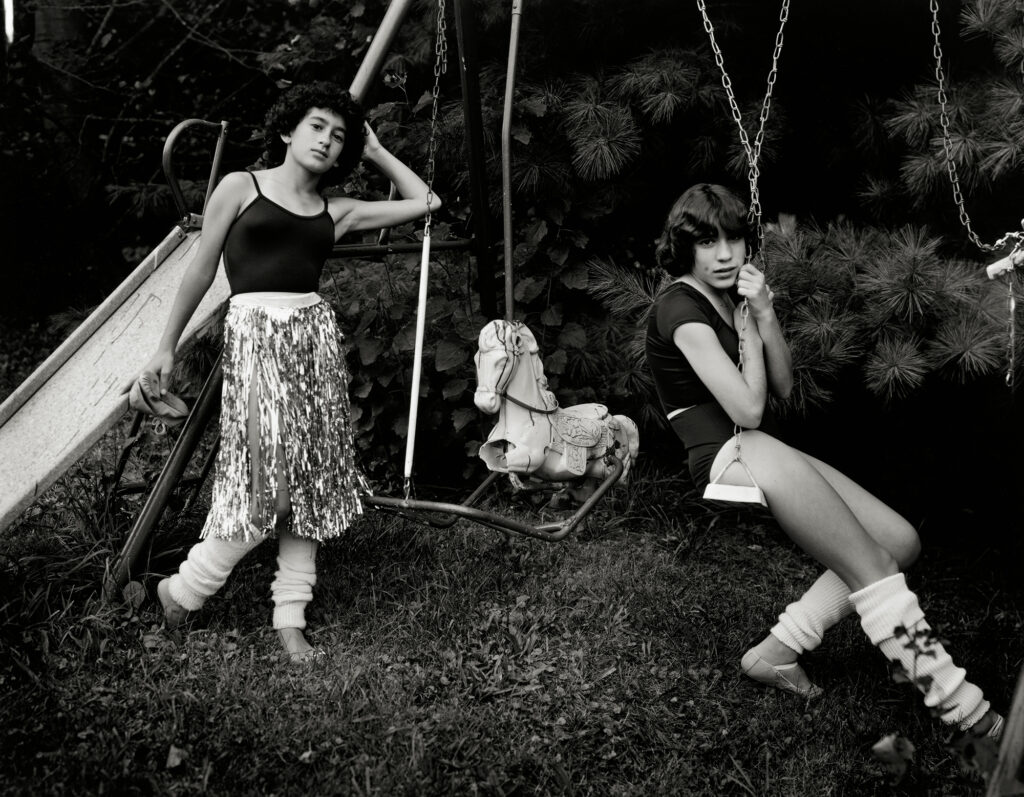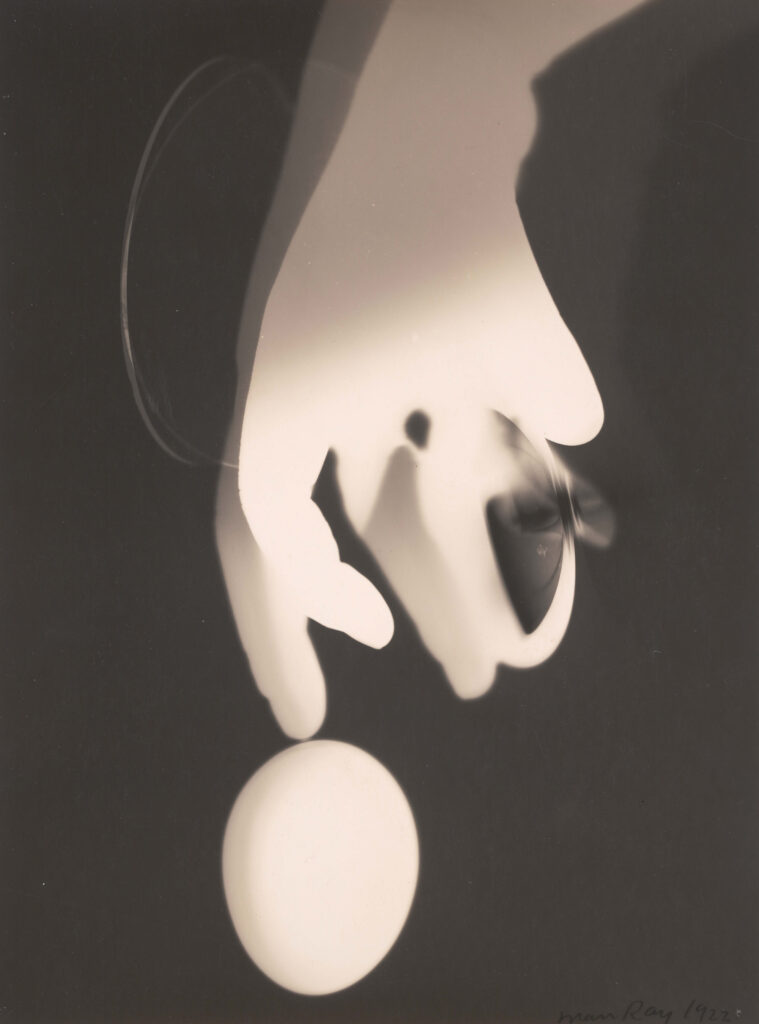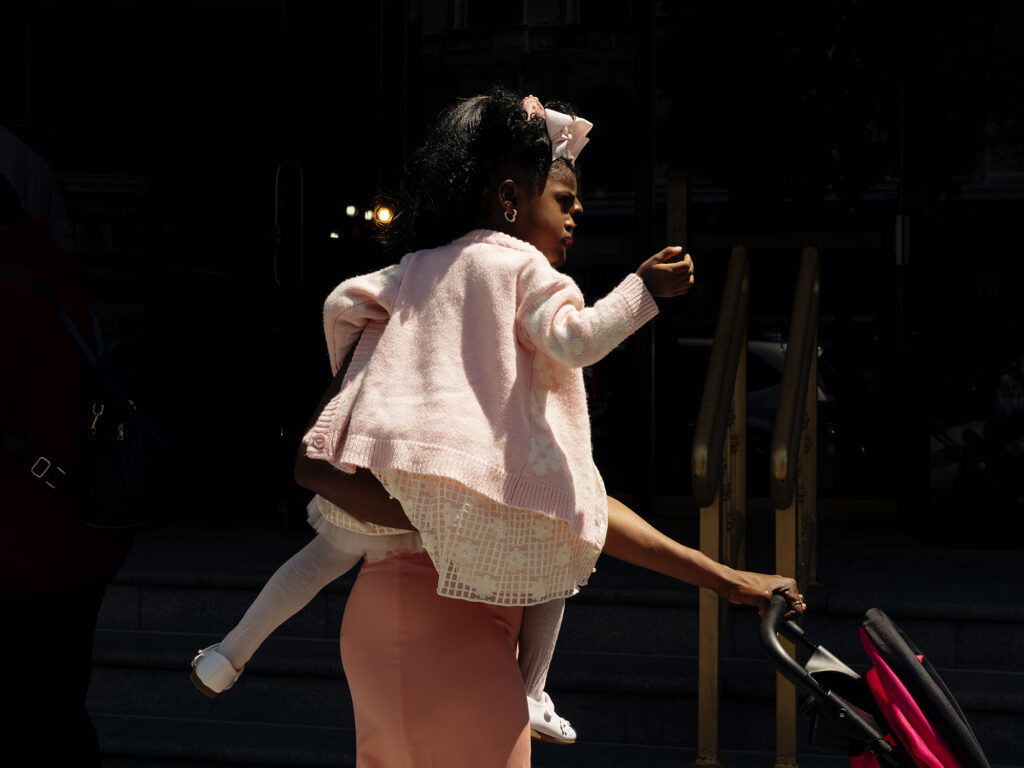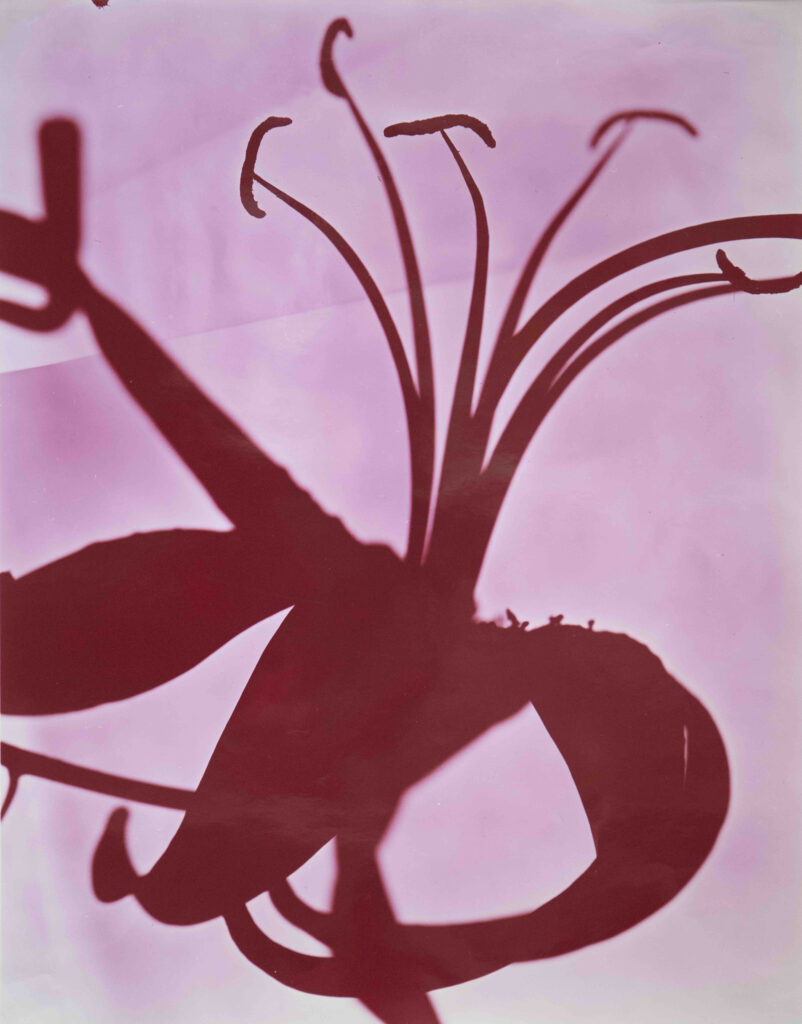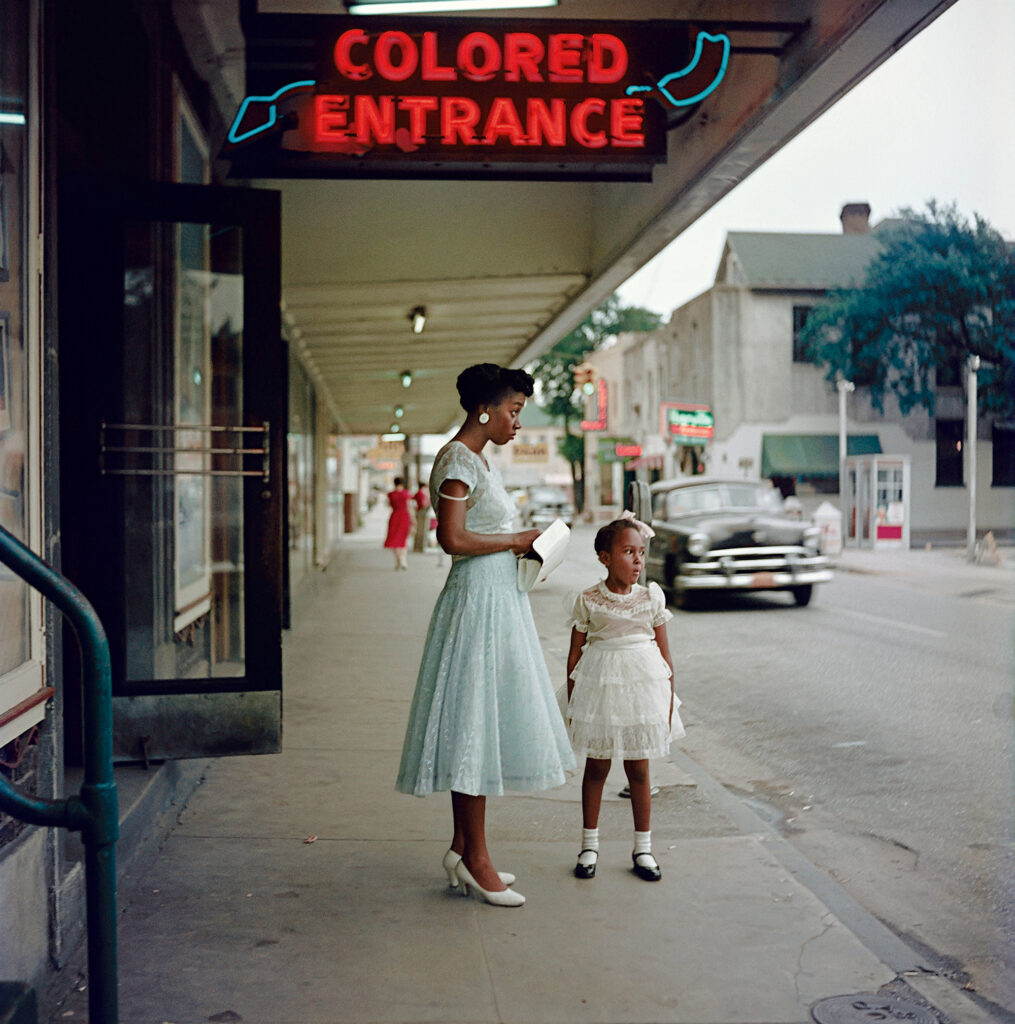Featured
14 Photographers on Youth as a State of Mind
Danny Lyon, Joel Meyerowitz, Zanele Muholi, and others on picturing states of becoming.

This week, Aperture partners with Magnum Photos for a limited-time Square Print Sale, titled Youth.
Youth is about a moment, a memory—a state of becoming. It’s the spark of firsts: the first glance, the first protest, the first kiss, the first fall, the first revelation. This collection gathers over one hundred images chosen by the photographers or their estates, exploring the many faces of youth across generations and geographies. This selection reminds us of our own beginnings, encapsulating how youth is not only an era in our lives but a state of mind.
Through October 26, collect signed or estate-stamped, museum-quality 6-by-6-inch prints, starting at $110. When you purchase through this link, you directly benefit the artists and support the full range of Aperture’s nonprofit publishing and educational programming in New York and worldwide. Below are highlights from Youth.
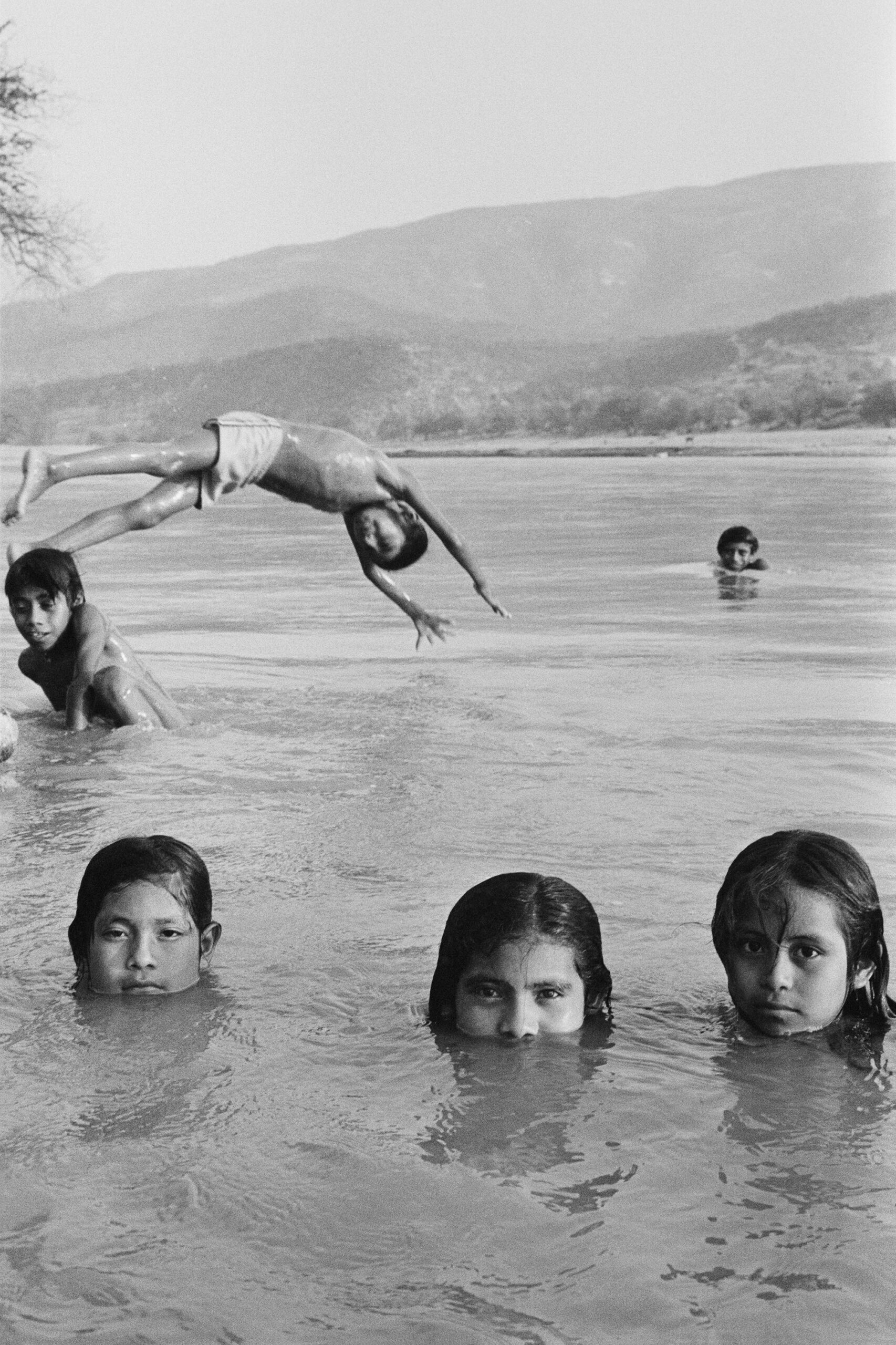
© the artist/Magnum photos
Abbas
“As a boy I had a heroic image of the journalist: you traveled, you went to war, you covered historical events. I started out both writing and taking photographs, but I soon found it was more fun taking pictures.” —From Magnum Stories (Phaidon, 2004)
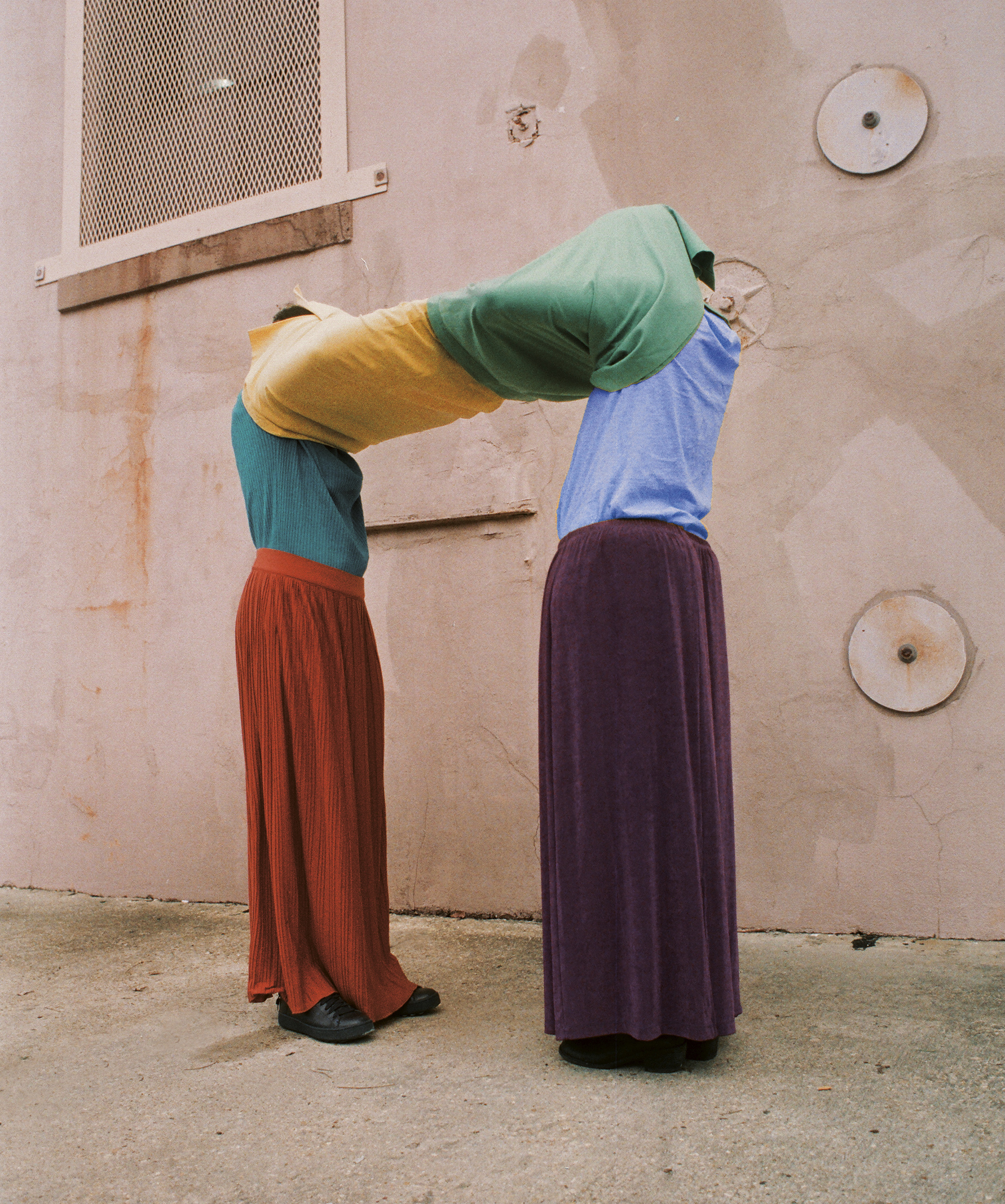
Courtesy the artist
Arielle Bobb-Willis
“This image was taken on a cloudy New Orleans afternoon in 2017. The Lower Garden District near Tchoupitoulas Street . . . lots of textured buildings and quiet streets . . . good for creating. Being inspired by painters like Kandinsky, Jacob Lawrence, and Sister Gertrude Morgan, I really see my subjects as colors on a canvas . . . a little green there, some orange. . . . I find it interesting to bring the ideals of creating compositions with paint into the photographic world . . . it expands our ideas on what a portrait can be and it allows for true abstractions to live within our reality.”

© the artist
Kwame Brathwaite
“This image captures a young child in front of an A-frame advertisement for a James Brown concert at the historic Apollo Theater in Harlem. The sign towers over the curious child as he takes in the moment. The contrast between the toddler’s wide-eyed gaze and the confident pose of Brown captures both the innocence of the child and the aspiration of Brown.
In the face of the grandeur of the Apollo and all that it represents, the child is in awe of the moment, ripe with possibility, inspiration and hope.” —The Kwame Brathwaite Archive
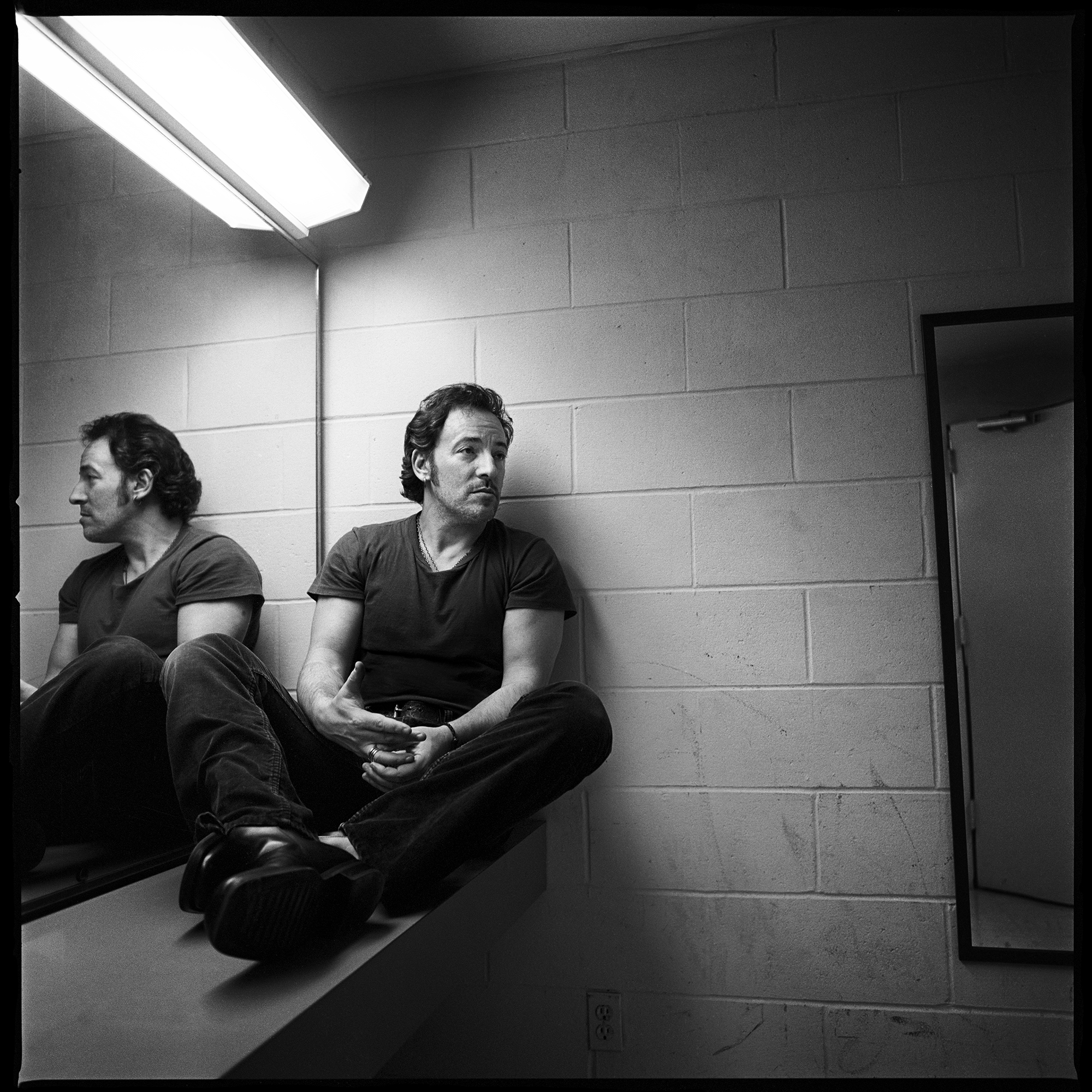
© the artist
Danny Clinch
“This was my very first portrait session with Bruce Springsteen. He was rehearsing with the E Street Band at Fort Monmouth and had recently gotten the band back together after over a decade of music without the E Street Band. He invited me out to photograph for the upcoming tour after I sent him a copy of Discovery Inn, my first and recent book of photographs at the time. Having grown up in NJ listening to Springsteen, I do recall having tears in my eyes as I was driving out to the shoot that day listening to Greetings from Asbury Park.”
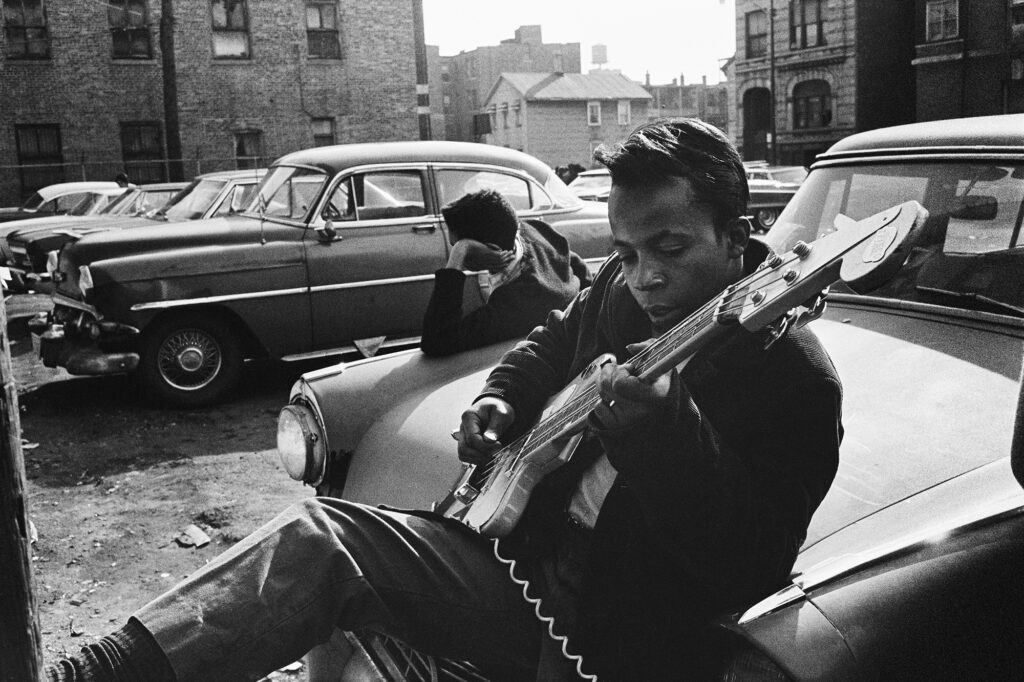
© the artist/Magnum Photos
Ernest Cole
“The fellow pictured appears to be channeling local heroes like Muddy Waters and Bo Diddley, but the song that comes to my mind is John Lee Hooker’s ‘I’m Bad Like Jesse James.’ It’s typical that Cole should discover a youthful ‘street’ version of the mythical Stagger Lee. More than 70 years after ‘Stack’ killed Billy. Nearly 50 years after the song was first recorded. Twelve years after Lloyd Price’s hit single, as William Faulkner noted: ‘The past is never dead. It’s not even past.’” —James Sanders, the Ernest Cole Family Trust

© the artist and courtesy of Hunters Point Press
Baldwin Lee
“A contrast is suggested by the comparison of the young man’s new baseball glove and the ripped bag of trash. The pants hanging from the delicate clothesline offer the possibility of other boys who live in the household.”
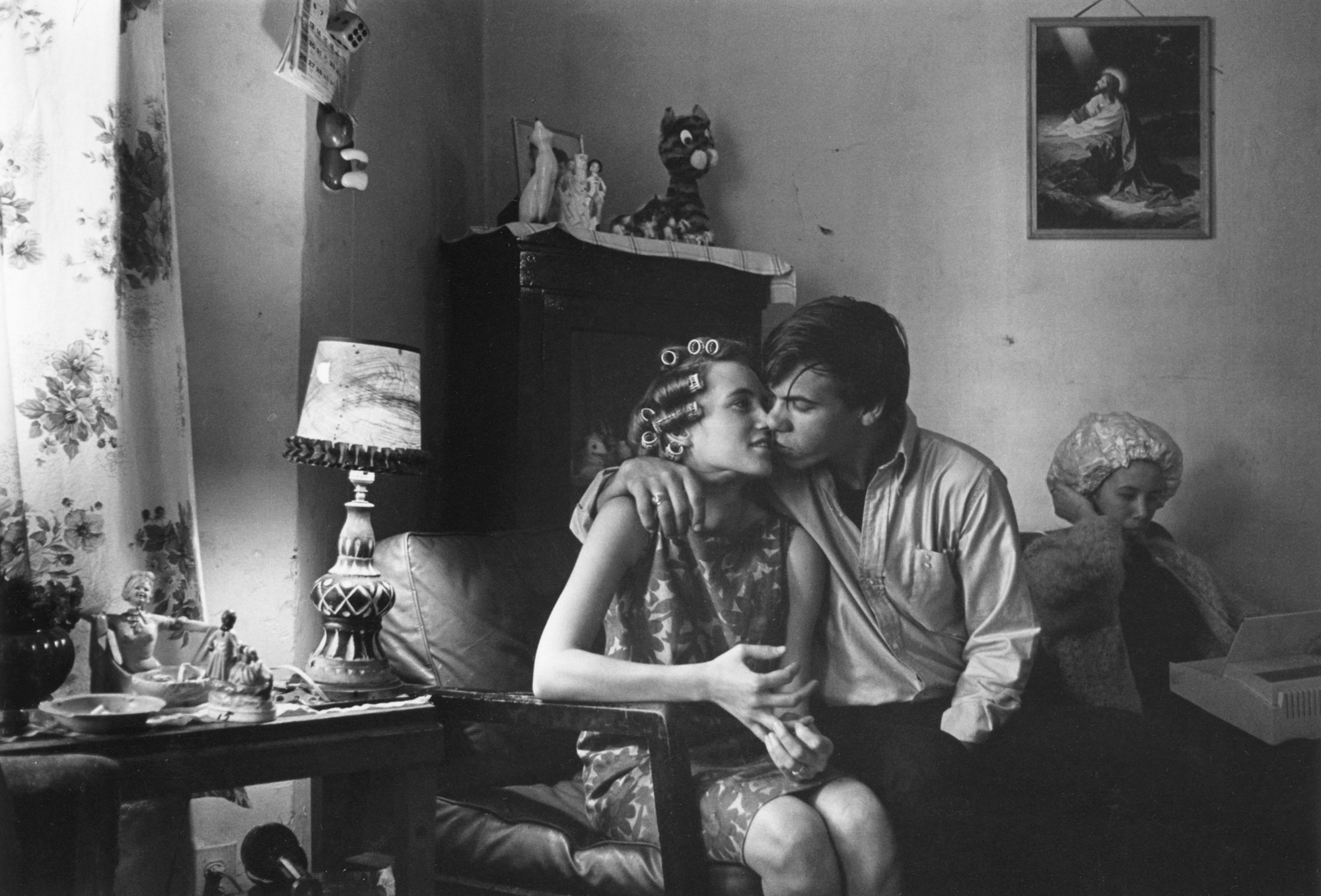
© the artist/Magnum Photos
Danny Lyon
“All the pictures in Uptown were made on a single block, Clifton Street. Lyon would ride there on his Triumph. Many years had passed when an Uptown teen, Rita Knight, sent Danny an email: ‘I have displayed your picture in my home and I get lots of comments and love to tell the story of the hippie that came over on his scooter, that gave us a dollar to pose for pictures. Take care, I love those pictures. It was a sad time in America, but some of us made it out . . . I am still married to the same boy I was with when you were there. I plan to be cremated and then some friends will sneak over and put some of my ashes on Wilson and Magnolia, and then some out at the lake where we spent so many happy days.’”
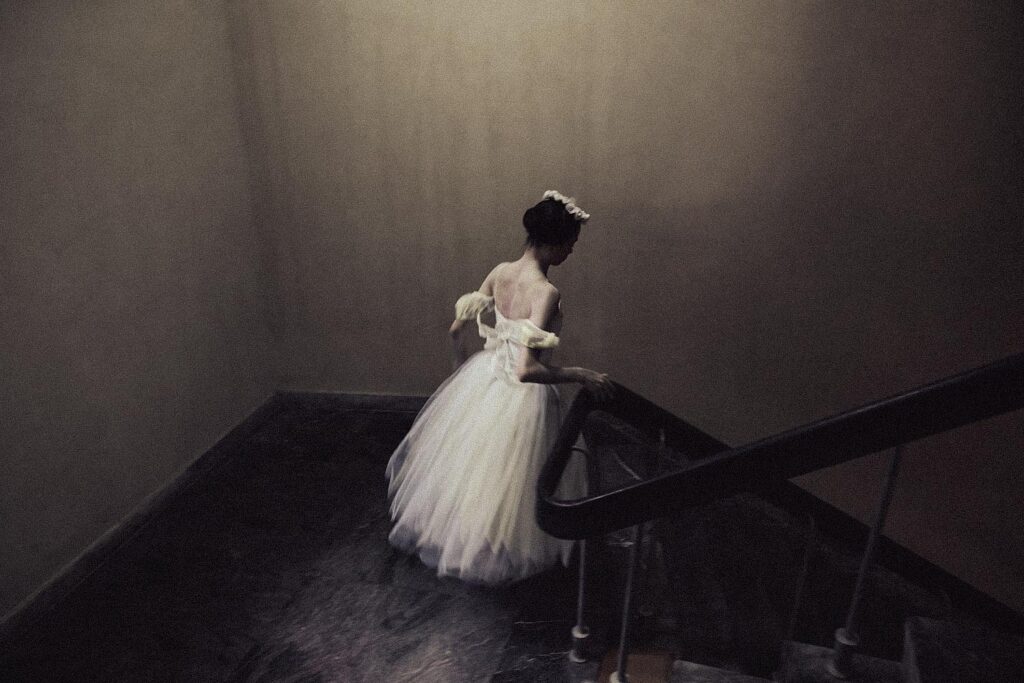
© the artist
Diana Markosian
“As a former dancer, stepping back into ballet through photography has allowed me to reconnect with my own childhood, not just in memory, but by immersing myself in a world that once felt so familiar—from the quiet rituals of helping one another prepare to the music and movement on stage.”

© the artist and courtesy Howard Greenberg Gallery
Joel Meyerowitz
“As a father I watched my daughter Ariel from the moment she was born at the most intimate distance, and every small change marked a turning point; from newborn to infant to toddler, and continued on up through today when she’s now in her fifties. And though the journey has been wondrous at every stage, it was at puberty that the move into adolescence was most remarkable. For a man to watch his daughter slip—seemingly overnight—from childhood into becoming a young woman is as close to miraculous as any of life’s changes can be.”
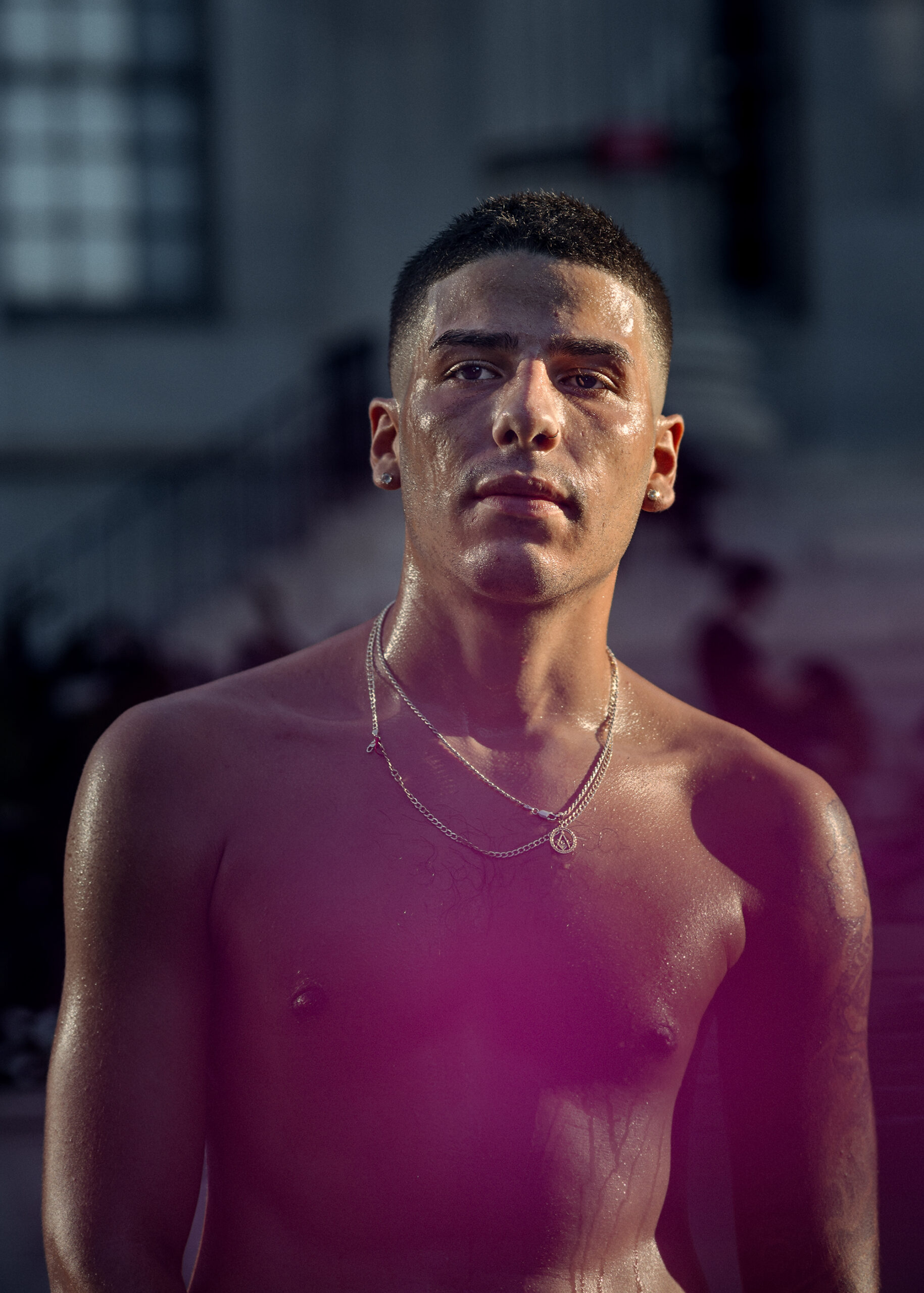
© the artist
Adam Pape
“The streets of New York are defined by the energy of its citizens, constantly testing the boundaries of expression and freedom. Moving through the city there is always a sense that one is on display, for eyes or lenses on the street. In 2017, I became captivated by roses surrounding a police station in my neighborhood. As I photographed the roses next to the officers, I may have seemed like a flower enthusiast to an onlooker. However, in the frame, the blooms became a soft red veil over the city. I then noticed other roses planted in the urban surroundings and imagined them as links between disparate locations and neighborhoods. These flowers have continued to be my guide through the city, acting as an alternative map to its diverse landscape.”

© the artist
Shikeith
“My photograph Oche (With Candle) delves into the spiritual and emotional interiority of Black men, examining how the body holds memory, grief, and the possibility of spiritual elevation, all rendered through a deliberate blue tonality. As part of my series Notes Towards Becoming a Spill, this work reflects on the fluidity of identity, where Blackness, masculinity, and yearning are not fixed states but porous, ever-shifting forms. The candle functions both as a vessel and an emblem, conjuring ritual, remembrance, and illumination, while also embodying the delicate interplay between vulnerability and strength. By placing Oche in a soft, dimly lit, almost uterine environment, I aim to craft a sanctuary in which Black men are not confined to rigid definitions but allowed to remain malleable, free to soften, to feel, to yield. This image, like the series it belongs to, gestures toward the shedding of armor and an embrace of the sacred emotional fullness of becoming.”

© the artist/Aperture
Anastasia Samoylova
“I photographed this flag as it seemed to both announce itself and conceal the life behind it—a reminder of how symbols shape our sense of home and belonging. The photograph is part of my Atlantic Coast project, published by Aperture, in which I retraced Berenice Abbott’s path along Route 1, reflecting on how the American landscape continues to carry its myths and contradictions. In its layered view, House Flag also echoes the tensions explored by Robert Frank in The Americans, while reimagining them in today’s landscape.”
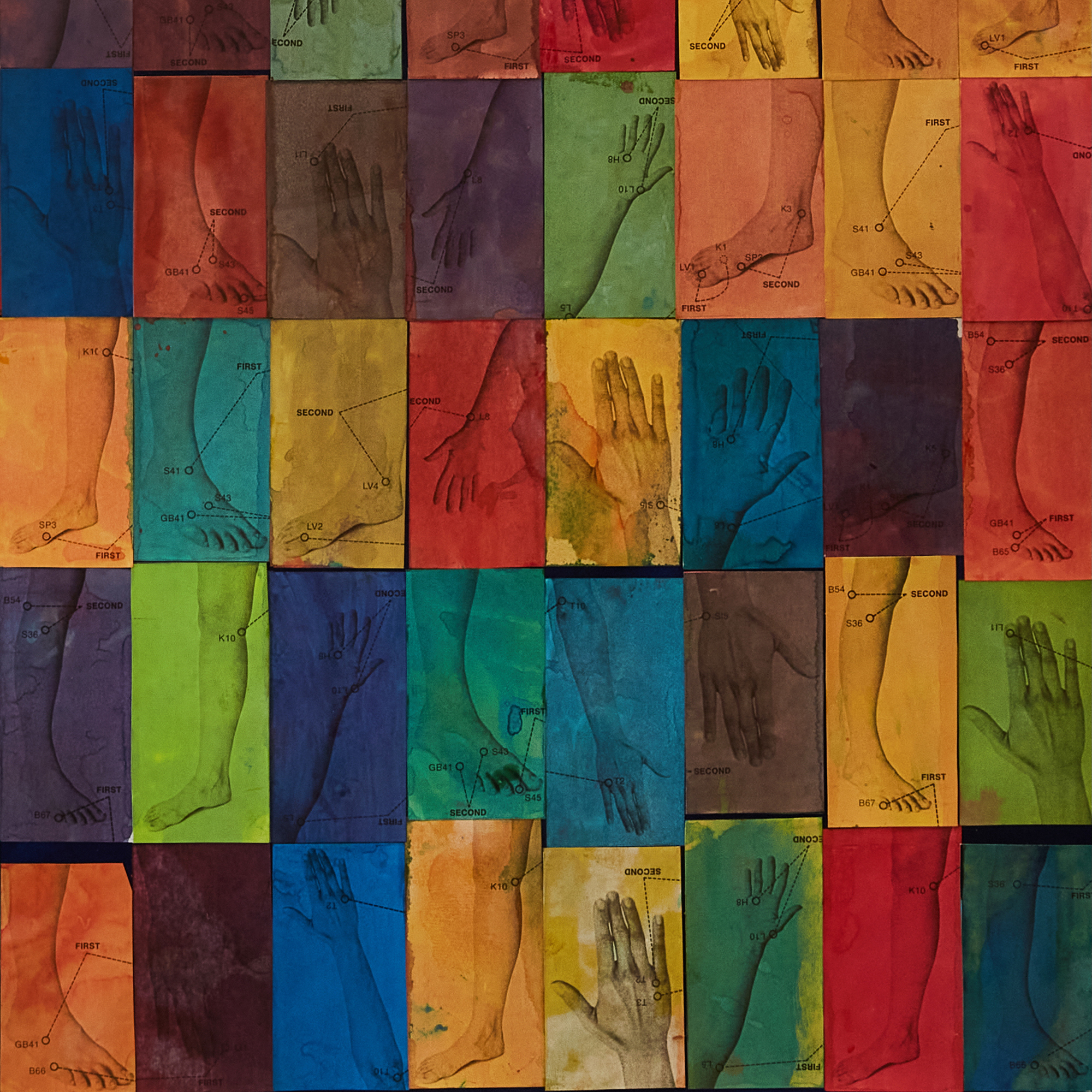
© the artist
Carmen Winant
“‘Have you cut off your hands yet?,’ writes Marge Piercy in her 1982 poem ‘The Friend.’ Across the three sparse stanzas, Piercy renders a destructive, perhaps violent, romantic relationship in which the woman is pushed to negate herself. I thought about this poem while making this work by hand: cutting each individual image (from a single book on healing touch), mixing batches of dye, and bathing each picture. My hands are a surrogate for myself. They are the tool by which I make things in the world: in the studio, and in myself.”

Courtesy the artist
Zanele Muholi
“This photograph is of me as a six-year-old at home in Umlazi township, Durban. In this photograph, I am standing in front of a banana tree at the back of my home. I vividly remember my mother coming home from her work as a domestic worker. Often, she would bring back apples from her employer, and I can still see her cutting them into four slices for us to share, such a simple joy that meant so much. My childhood was marked by these moments: the fresh taste of apples and bananas, and the roasted stuffed chicken my mother’s white employers discarded, but she lovingly brought home.”
The Magnum Square Sale in Partnership with Aperture, Youth, is available through October 26, 2025.

